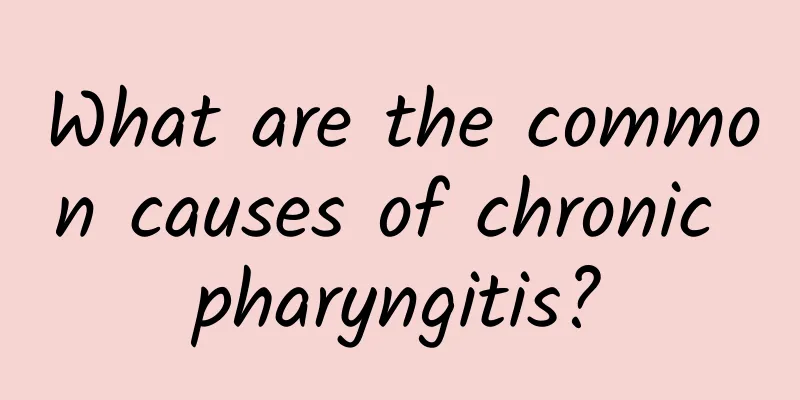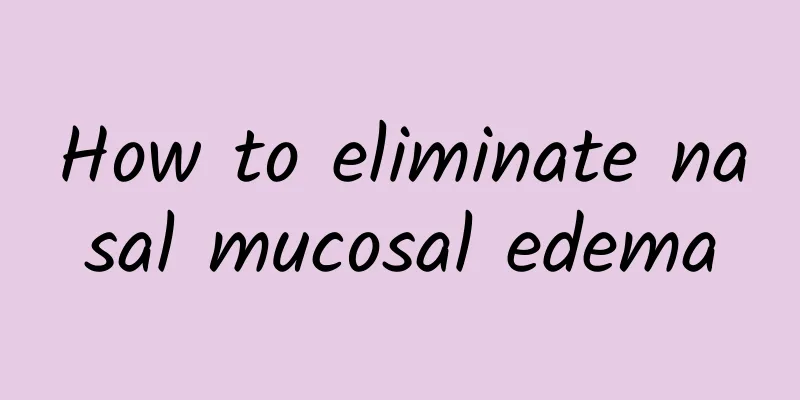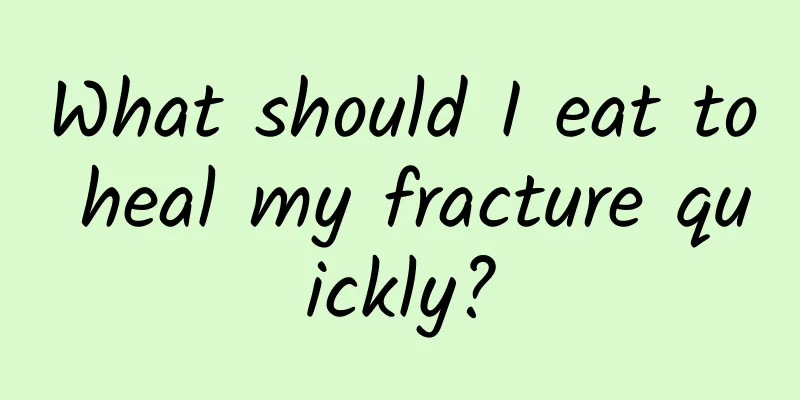What should you pay attention to when your baby has a rash

|
When a baby has a rash, it is important to emphasize care. In addition to regular treatment, the baby should be allowed to rest more, the room should be kept quiet, the air should be fresh, and the air should be ventilated frequently. In addition, the quilt should not be too thick. Pay attention to the cleanliness of the child's skin and wipe off the sweat on the child's body frequently. The baby should drink more water and some fruit juice appropriately, which will have a certain effect of promoting sweating and diuresis. What should you pay attention to when your baby has a rash Roseola infantum mostly occurs in infants and young children aged 6 to 18 months. The disease often develops suddenly, with a rapid rise in body temperature, usually between 39°C and 40°C. Severe patients with high fever in the early stages may have convulsions, and some may experience mild runny nose, cough, eyelid swelling, and conjunctivitis. During the fever period, there are symptoms such as poor appetite, nausea, vomiting, mild diarrhea or constipation, as well as congestion in the pharynx and swollen lymph nodes in the neck. After three to five days of fever, the body temperature drops suddenly. After the fever subsides, the child may develop light red macules or maculopapules of varying sizes all over the body, starting from the chest and abdomen and quickly spreading to the whole body. At this time, the child's fever has subsided and he can fall asleep peacefully. This is medically called "fever rash", which is a unique manifestation of roseola infantum. Young children suffering from roseola generally do not need special treatment. As long as they receive intensive care and appropriate symptomatic treatment, they will recover on their own after a few days. After a child is diagnosed with roseola infantum, parents should let the child rest in bed, try to reduce the number of outdoor activities, and pay attention to isolation to avoid cross infection. When a child has a fever, he should be given plenty of water, easily digestible food, and appropriate supplements of vitamin B and vitamin C. If the body temperature is high and the child is crying and irritable, physical cooling or a small amount of antipyretic drugs can be used to avoid convulsions. When a young mother encounters this situation, she should not rush to reduce her child's fever. Instead, she should check her child's vaccination status and cooperate with the doctor's treatment. What should I do if I have roseola infantum? ① Let the child rest. The ward should be quiet, the air should be fresh, and the quilt should not be too thick or too much. ② Keep the skin clean and hygienic, and wipe off the sweat on the child's body frequently to prevent him from catching a cold. ③ Let your child drink more boiled water or fruit juice to facilitate sweating and urination, and promote the excretion of toxins. ④ Eat liquid or semi-liquid food. ⑤ When the body temperature exceeds 39°C, you can wipe the child's body with warm water or 50% alcohol to prevent the child from having convulsions due to high fever. |
<<: What should you pay attention to when your baby has a fever and rash
>>: Why do I get a rash on my skin after soaking in sea water?
Recommend
How to deal with oily dermatitis? Four methods to help you solve it
Dermatitis is a skin disease with a high incidenc...
What to do if the newborn's neck is soaked and broken?
We all know that the weather is hot in summer and...
What is the disease that makes my legs shake involuntarily?
If your legs shake involuntarily, from a psycholo...
Reasons for Red Light Acne Treatment
In recent years, because acne often appears in di...
What are the effects of retinoic acid ointment?
Carboxylic acid ointment is a relatively common m...
Precautions for women's hemorrhoids sitz bath
Nine out of ten people have hemorrhoids. Hemorrho...
Coccyx pain is more common in women, what is the reason
Coccyx pain refers to a strong tingling sensation...
Improper lumbar massage may lead to paralysis
Question: My busy work makes me very tired and I ...
Can Yin deficiency drink honey water?
Yin deficiency is a relatively common physical co...
What are the recipes for making medicinal wine to enhance sexual performance?
For male friends, nourishing the kidney and stren...
What are the effects of Siegesbeckia?
Usually when people feel unwell or sick, they wil...
Pharmacological effects of Mahonia leaves
The leaves of the Mahonia alba are what we call t...
TCM treatment of cor pulmonale: active treatment prolongs life
Cor pulmonale will often recur, and the lung func...
How to adjust the sleeping posture of children with cerebral palsy
When caring for children with cerebral palsy, par...
What are the symptoms of uncooked beans poisoning?
Some netizens asked if beans are poisonous if the...









